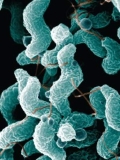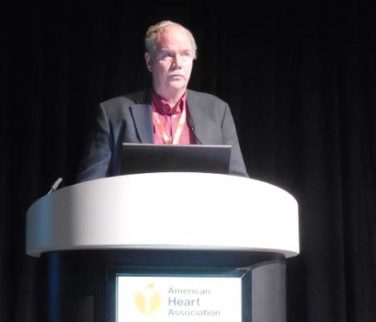A few weeks ago I received an email from a pediatrician thanking me for supporting her decision to quit work so that she could be home when her teenage son came home from school. She felt that by being home during her son’s adolescence, not only had she provided him a secure base but she also had helped protect him from a drug-dominated culture that permeated the community where they lived. While I hadn’t touched on it in my column, “Perfect Attendance” (Pediatric News, March 2017), this pediatrician’s experience highlights another benefit of a parental presence during those potentially stormy adolescent years.
In a recent article in the New York Times (“Teenagers Do Dumb Things, but There Are Ways to Limit Recklessness,” by Lisa Damour, March 8, 2017), Dr. Laurence Steinberg, a psychology professor at Temple University, is quoted as saying that “the context in which kids grow up must matter a great deal, and that recklessness isn’t the inevitable byproduct of the period’s biology.”
Dr. Steinberg bases this observation on his recent study of more than 5,000 adolescent and young adults in 11 countries on six continents, titled “Around the world, adolescence is a time of heightened sensation seeking and immature self regulation,” (Dev Sci. 2017 Feb 1. doi: 10.1111/desc.12532). Dr. Steinberg and his fellow investigators found that immature self-regulation is a universal attribute of adolescence. However, the level of risk taking varied depending on the culture in which the adolescents were growing up. Dr. Steinberg believes the pattern that is emerging is one in which countries where adolescent risk taking is the lowest are cultures that don’t “give kids a lot of free, unstructured time to get into a lot of trouble.”
As writer Lisa Damour cogently states in her article , “For teenagers to find trouble, temptation must meet opportunity.”
Here in Brunswick, high school students finish their school day at 2:10 pm. If the student doesn’t play on a sports team and even if his or her home is at the end of the longest bus route, he or she is going to be home before 3 p.m. … probably unsupervised. And stuff happens.
Obviously, one of the solutions to this open invitation to adolescent risk takers is to lengthen the school day. However, there seems to be little appetite in many communities for the tough economic decisions required to remedy the situation. When I was in high school, our school day was only an hour longer, and although I always played sports there was still ample unsupervised time for me to get into trouble because my mother worked on an unpredictable schedule.
Although I may have been unsupervised, I was – or at least I believed that I was – always under constant surveillance. In the 1950s and 1960s, the population of Pleasantville, N.Y. was 5,000 and my mother had me convinced that she knew 4,000 of them. She recounted enough little things she had heard to make me believe that I was being watched by 8,000 eyes. She and the other mothers in town were masters of information sharing long before anyone had heard of networking.
These were not helicopter mothers hovering over every shady corner of our lives. They were simply concerned parents and fellow citizens going about their daily business who were not afraid to say something if they saw something. My mother’s apparent omniscience was a powerful deterrent to my adolescent recklessness. Only after I could afford to buy a car did I feel I could escape her surveillance network. And even then I wasn’t always sure.
The Internet has opened opportunities for mischief that are several orders of magnitude greater than the ones my friends and I sought to exploit in the 1950s and 1960s. However, parents today do have tools with which they can create a surveillance network to protect adolescents from their biologically predetermined urges. They simply need to have to courage to use them and not be afraid to say something if they see something.
Dr. Wilkoff practiced primary care pediatrics in Brunswick, Maine for nearly 40 years. He has authored several books on behavioral pediatrics, including “How to Say No to Your Toddler.” Email him at pdnews@frontlinemedcom.com .




